10 Plants That Look Exactly Like Human Body Parts

The world of plants never ceases to amaze me with its diversity and intricate beauty. Sometimes, nature’s creations appear to mirror the human form in astonishing ways. From whimsical leaves to intricate blossoms, these plants evoke a sense of wonder by resembling various body parts. In this captivating journey through the plant kingdom, we’ll explore 10 Plants That Look Exactly Like Human Body Parts.
Brain Cactus (Mammillaria Elongata):
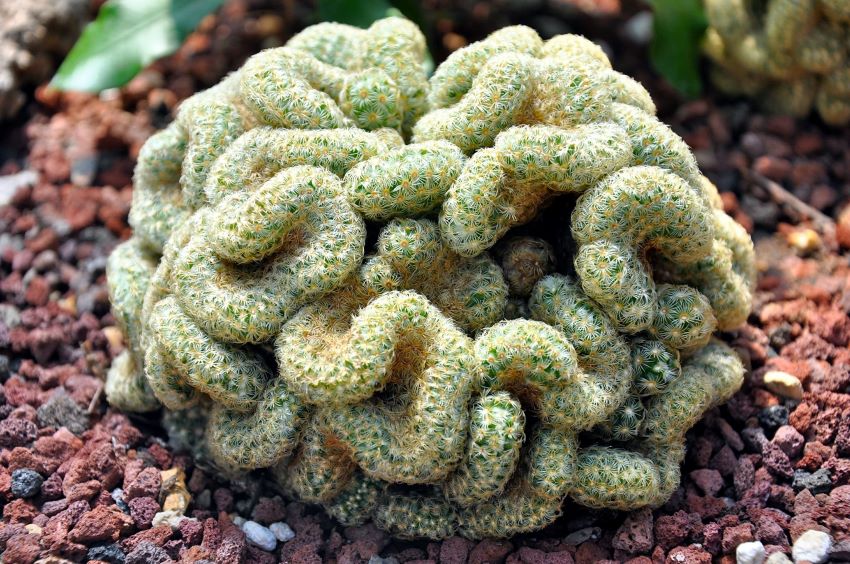
Our botanical tour begins with the Brain Cactus, an intriguing succulent with tubercles that closely resemble the convolutions of a human brain. Found in arid regions, this plant’s unique appearance makes it a favorite among collectors and curious gardeners alike.
Read More: 10 Ayurvedic Plants You Must Have At Home
Eyeball Plant (Solanum Pyracanthos):
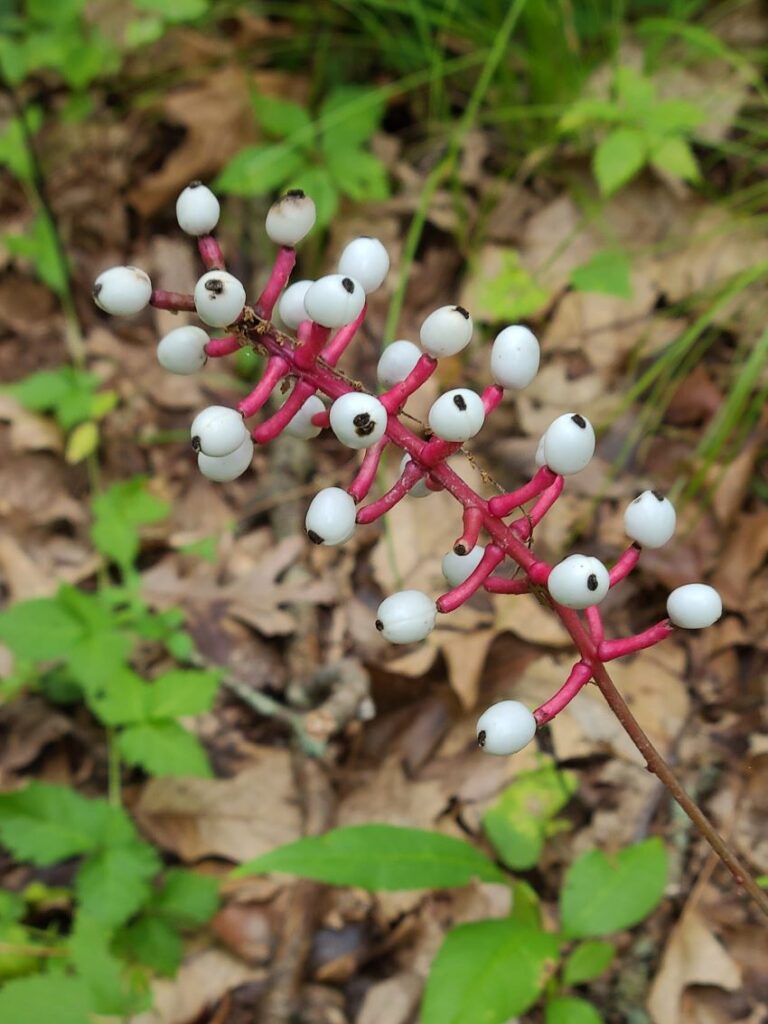
The Eyeball Plant, with its white blooms and black centers, is an uncanny representation of the human eye. Native to Australia, this plant draws attention with its mesmerizing and eerie resemblance to one of our most expressive features.
Toothache Plant (Acmella oleracea):
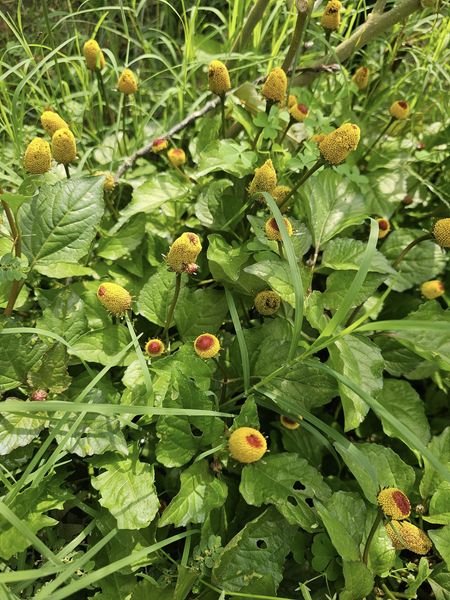
As the name suggests, the Toothache Plant’s vibrant yellow flowers closely resemble molars and incisors. Native to South America, this plant is renowned for its numbing effect, which led to its traditional use in relieving toothaches.
Read More: 5 Elements of Nature and Their Relation With the Human Body
Angel’s Trumpet (Brugmansia spp.):
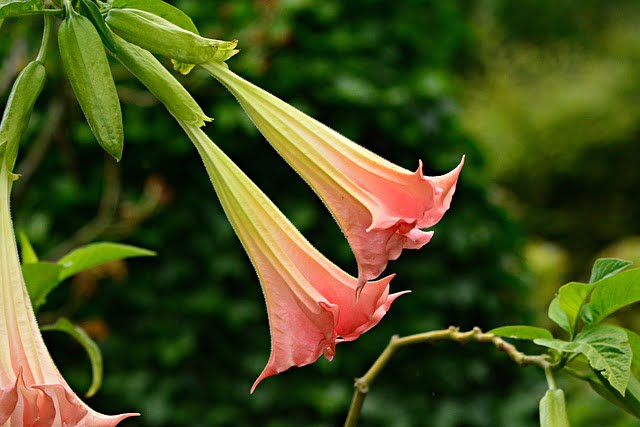
The enchanting Angel’s Trumpet flower appears like an elegant, elongated trumpet that evokes the shape of a fluted horn or, some might say, a human auditory canal. Native to South America, these blossoms captivate with their ethereal beauty and distinct form.
Heartleaf Philodendron (Philodendron hederaceum):
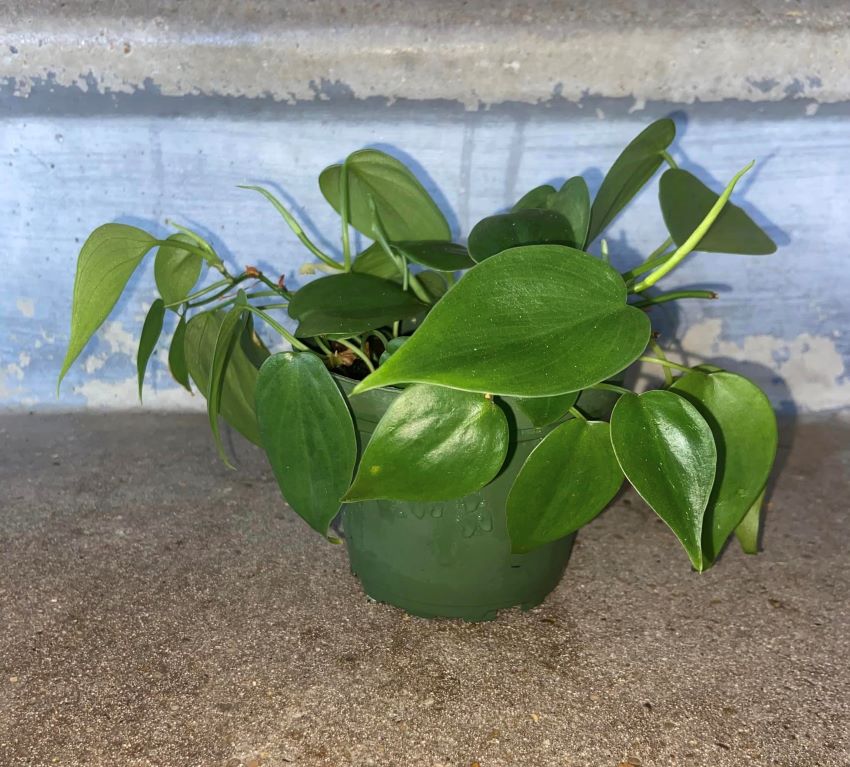
The Heartleaf Philodendron lives up to its name by boasting heart-shaped leaves that mimic the iconic human symbol of love and emotion. This trailing houseplant is a symbol of vitality and is often used to enhance indoor spaces.
Read More: Top Natural Places To Visit In Madhya Pradesh During Monsoon
Lungwort (Pulmonaria spp.):
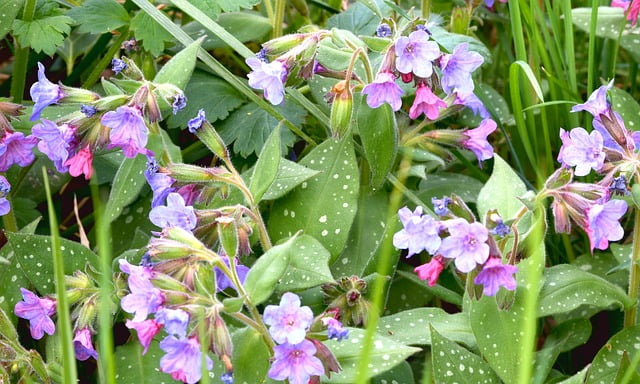
Lungwort leaves are speckled with silvery spots, resembling the delicate structures of human lungs. Beyond its visual resemblance, this plant has historically been used to treat respiratory ailments, creating a unique connection between form and function.
Sensitive Plant (Mimosa pudica):
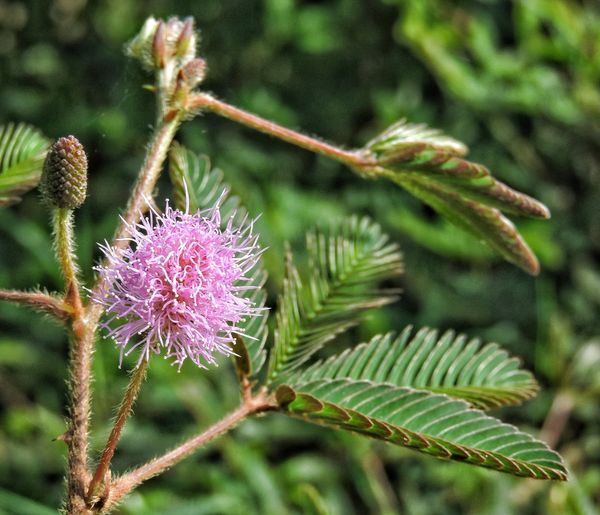
The Sensitive Plant exhibits a distinct reaction when touched—the leaves fold inward, reminiscent of a human hand curling into a fist. This intriguing response has earned the plant its charming nickname, “Touch-Me-Not.”
Read More: Top 10 Places for Tracking in Madhya Pradesh
Venus Flytrap (Dionaea muscipula):
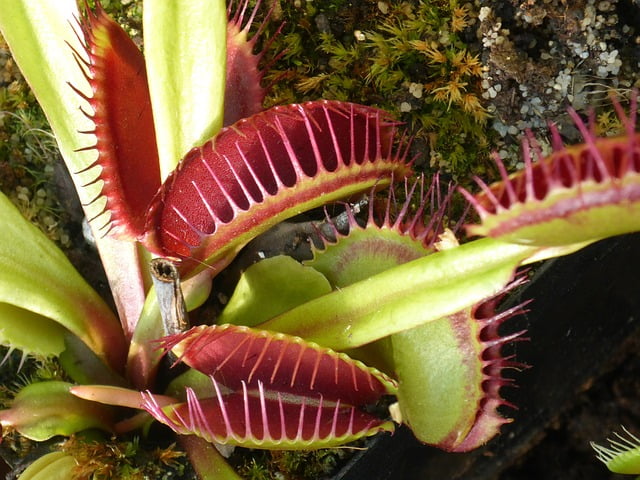
The Venus Flytrap, renowned for its carnivorous behavior, captures insects with its “mouth-like” traps, showcasing an uncanny similarity to human jaws. Native to North and South Carolina, this plant lures its prey with nectar before snapping shut.
Liverwort (Marchantia polymorpha):
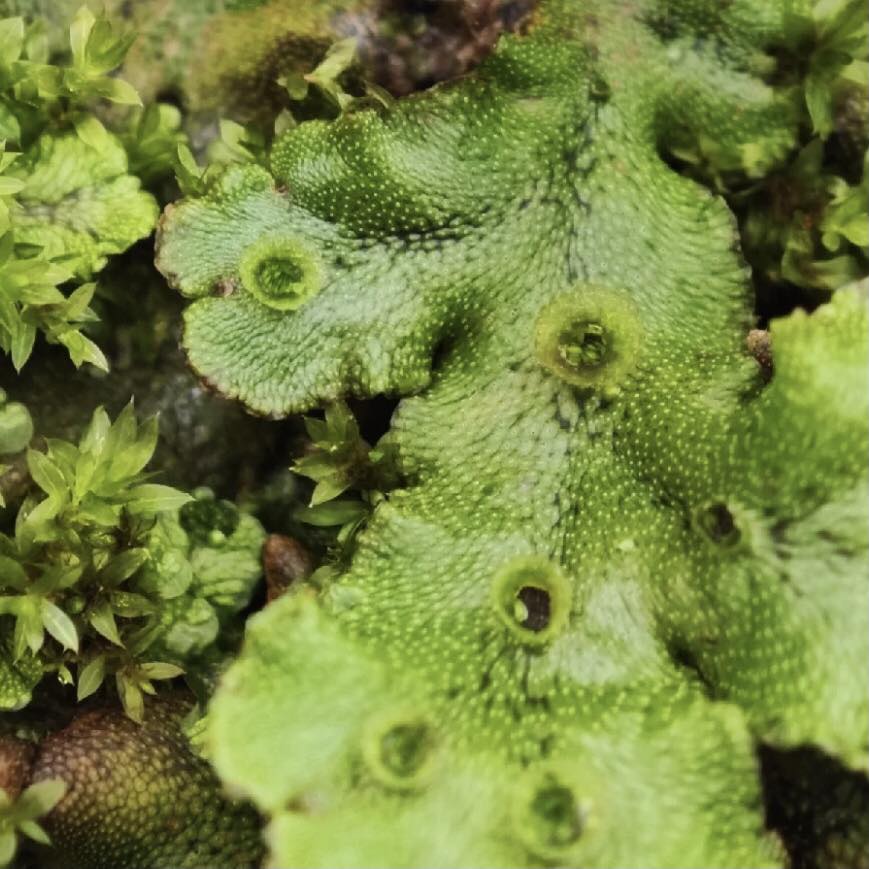
Liverworts are simple plants known for their lobed structure that bears a resemblance to the human liver. These non-vascular plants thrive in damp environments and have been studied for their potential medical applications.
Read More: 10 Importance of Animals in Our Life
Knucklebones (Solanum mammosum):
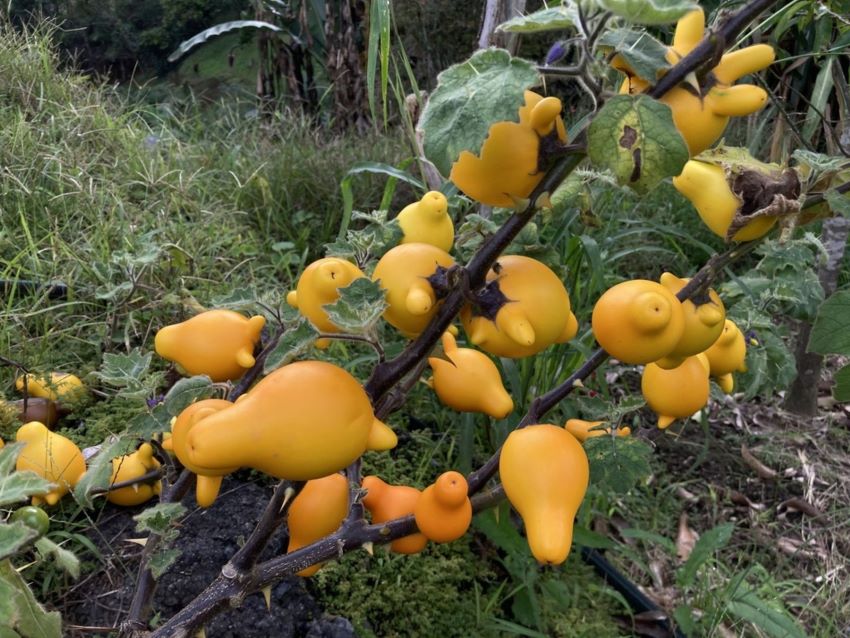
Knucklebones, also known as Nipplefruit or “Cow’s Udder,” are fruits that bear a striking resemblance to—you guessed it—human breasts. Found in tropical regions, these quirky fruits have sparked interest and amusement among botanists and nature enthusiasts.




